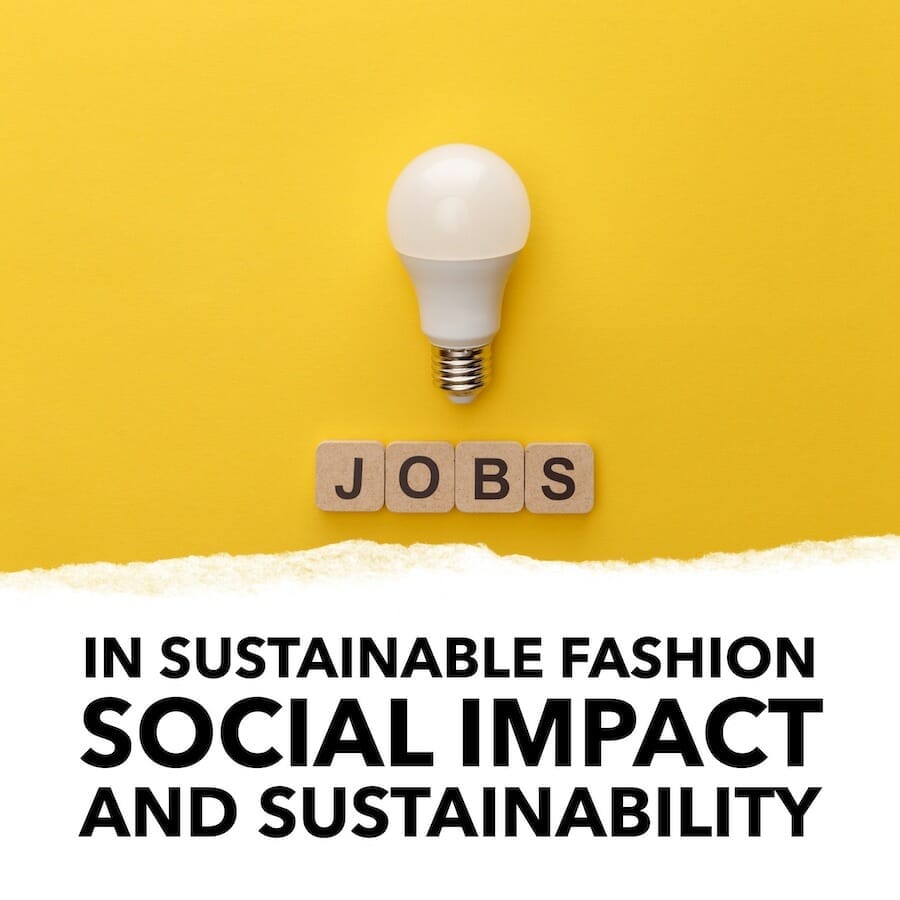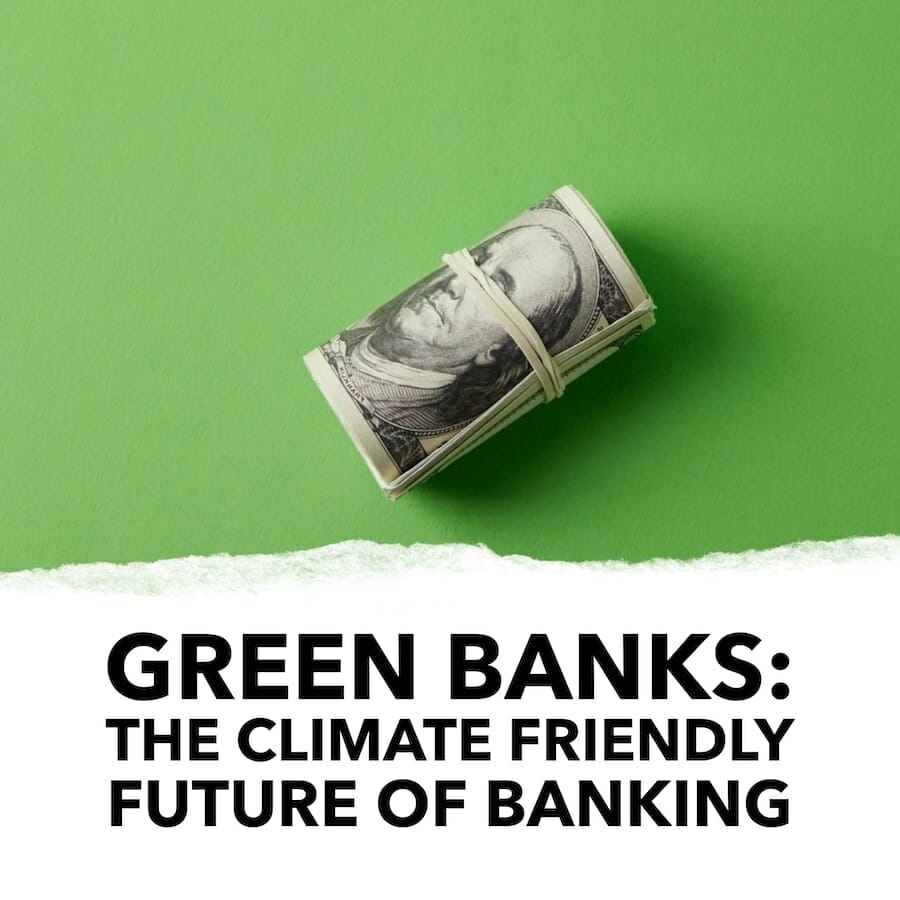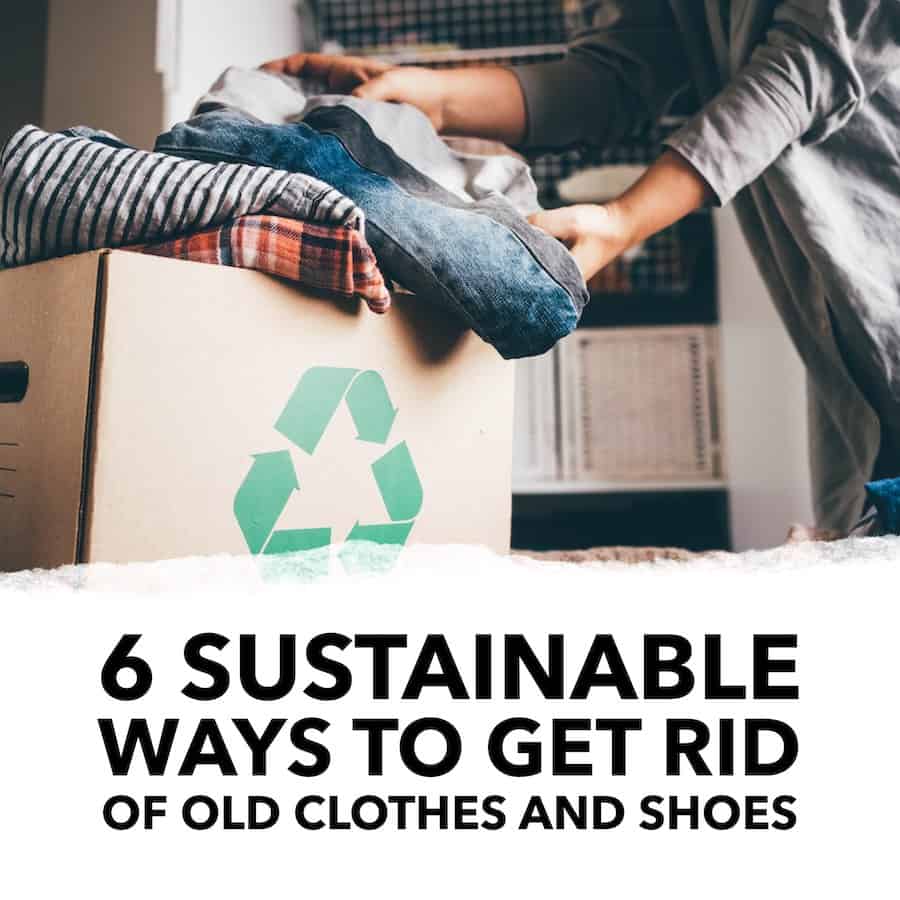Sustainable Living
Looking for lifestyle tips that make a positive impact? In Sustainable Living you’ll find actions to take on Earth Day, the most sustainable options for getting rid of old clothes and shoes, zero waste tips, and other ways you can make a difference.










